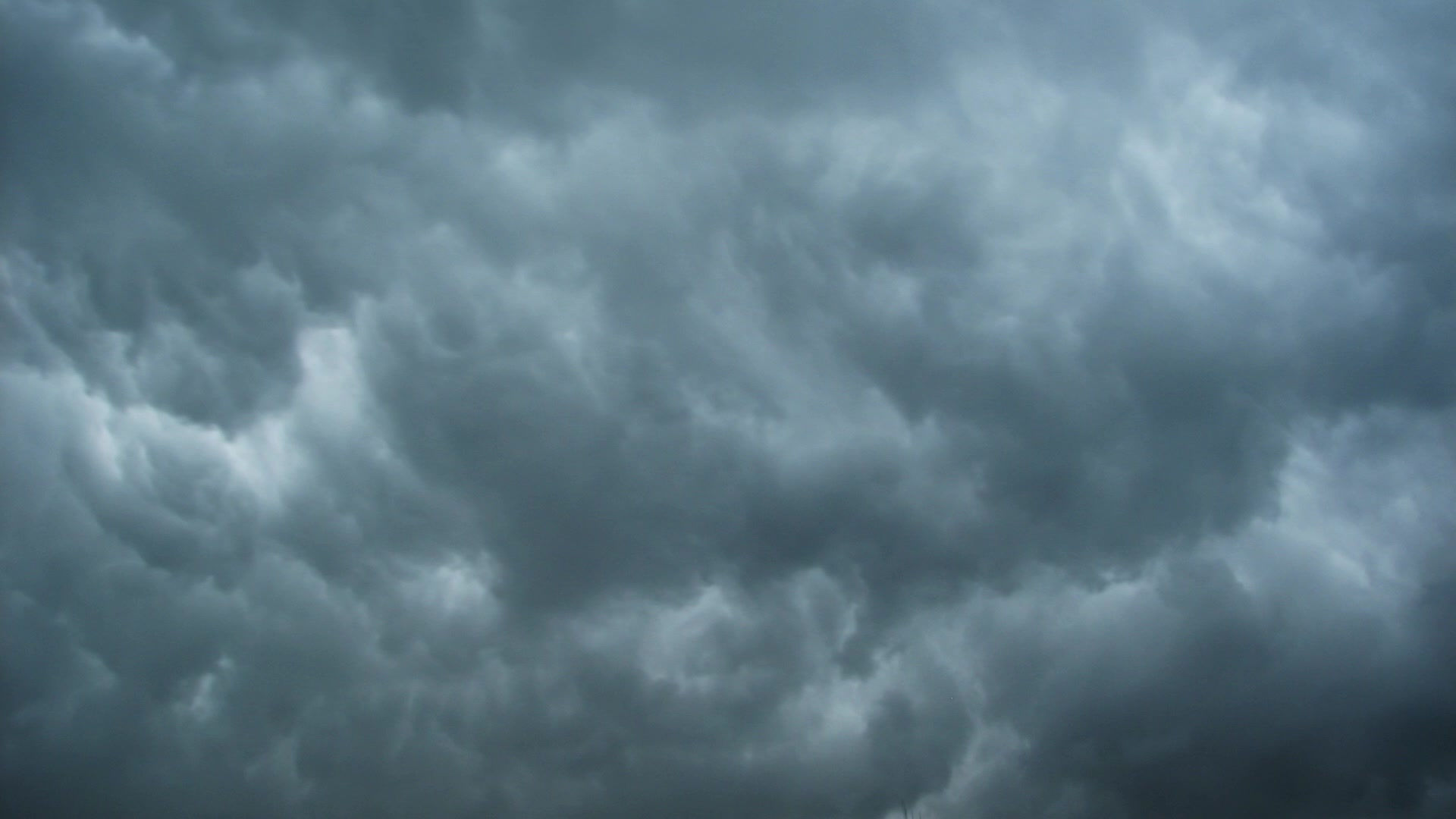
Hannan's Fifth Grade Scientists are studying
physical and chemical changes.
Why are chemical and physical changes important? These concepts underlie what is happening in just about everything in our daily lives. Driving a car (burning gas is a chemical change) and almost all the plastics we use are made by chemical reactions of different components. One of the traditional means of producing energy involves the boiling of water to produce steam to turn a turbine thereby producing electricity.
August 28 Experiment: Vinegar and Baking Soda
Experiment 1: Pour vinegar into a cylinder with a funnel. Place two tablespoons of baking soda in a balloon. Attach the balloon to the cylinder. Then lift the balloon so the baking soda hits the bottom of the cylinder. Observe what happens.
Experiment 2: Pour some baking soda in the bottom of a container. Slowly pour the vinegar in. Observe what happens.
Is this a chemical or physical change? How do you know?
Baking soda and vinegar react chemically because one is a base and the other is an acid. Baking soda is a basic compound called sodium bicarbonate. Vinegar is a diluted solution that contains acetic acid.
The baking soda and vinegar reaction is actually two separate reactions. The first reaction is the acid-base reaction.
When vinegar and baking soda are first mixed together, hydrogen ions in the vinegar react with the sodium and bicarbonate ions in the baking soda. The result of this initial reaction is two new chemicals: carbonic acid and sodium acetate.
The second reaction is a decomposition reaction. The carbonic acid formed as a result of the first reaction immediately begins to decompose into water and carbon dioxide gas.
Just like carbon dioxide bubbles in a carbonated drink, the carbon dioxide (that formed as the carbonic acid decomposed) rises to the top of the mixture. This creates the bubbles and foam you see when you mix baking soda and vinegar.
Physical change:
Although some extensive properties (like shape, phase, etc.) of the material change, the material itself is the same before and after the change. The change can be “undone.”
Aluminum foil is cut in half.
Clay is molded into a new shape.
Butter melts on warm toast.
Water evaporates from the surface of the ocean.
A juice box in the freezer freezes.
Rubbing alcohol evaporates on your hand.
ice melting
putting sugar in coffee
cutting up food
Chemical change:
The substances present at the beginning of the change are not present at the end; new substances are formed. The change cannot be “undone."
Milk goes sour.
.Jewelry tarnishes.
Bread becomes toast.
Rust forms on a nail left outside.
Gasoline is ignited.
Hydrogen peroxide bubbles in a cut.
Food scraps are turned into compost in a compost pile.
A match is lit.
A Person takes an antacid to settle a sick stomach.
Your body digests food.
You fry an egg.
Wood burning
banana ripening
heating sugar into caramel
photosynthesis
exhaling (turning oxygen into carbon dioxide)

Is baking a chemical or a physical change?
When it comes to heat and baking, there are two types of chemical reactions to consider; one is “exothermic,” a reaction that produces heat, and the other is “endothermic,” a reaction that takes heat in.
If you are curious, try this experiment and explore the reaction.

Foam is an example of simple scientific FUN STUFF!!! Come play with the safe foam, which is a mixture of soap, water, and oxygen. Because the reaction produced heat (exothermic reaction), the bottle will be warm! Yeast is a catalyst, so when hydrogen peroxide is mixed with it and dish liquid, foam will be formed! Use different amounts of the products to see which produces the biggest reaction.
If you are curious, try this experiment and explore the reaction.
What is MATTER?
Matter is anything that takes up space and has mass.
Mass is the stuff that matter is made of, or the amount of particles in a substance or object. Matter has physical and chemical properties and can undergo physical and chemical changes.
What are some examples of matter? Everything you see, touch, smell, and breathe are examples of matter.
What is a property? A property describes how an object looks, feels, or acts. Properties can be physical or chemical. Properties can also be quantitative or qualitative. A qualitative property of matter is observed and generally can’t be measured with a numerical result. A quantitative property of matter is one that can be measured numerically, such as height, length, or weight.
What are examples of physical properties? Physical properties can be observed. Examples of physical properties can be color, weight, volume, size, shape, density, boiling point, or freezing point.
What are examples of chemical properties? A chemical property is usually one that can only be seen when a substance undergoes a chemical change. These properties cannot be observed by touching or looking. Chemical properties become apparent when the structure of the substance is altered chemically. An example of this would be adding baking soda and vinegar and watching it bubble and give off a gas. The bubbling is an indicator that the properties of the two initial ingredients have recombined to form a new substance or substances.
What is a chemical change? A chemical change is a change that results in a new substance (or substances) being formed. The important word to remember is new. A chemical change involves the making or breaking of bonds between atoms. A chemical change makes a new substance that wasn’t there before.
What are examples of chemical changes? Some examples of chemical changes are nails rusting over time, batter turning into a cake in the oven, wood or paper burning to ashes, the digestion of food, and the baking soda and vinegar example above.